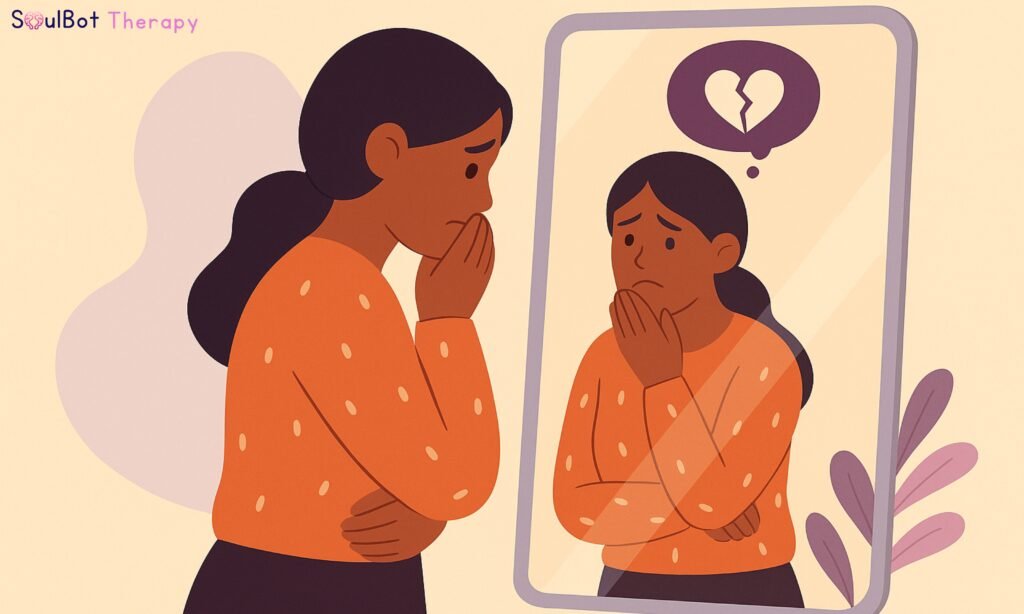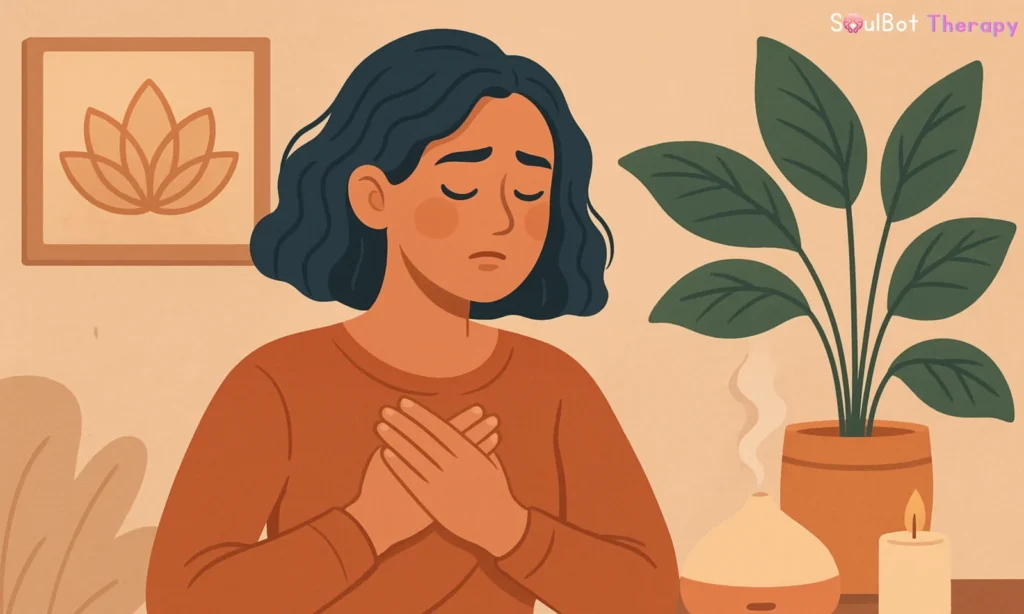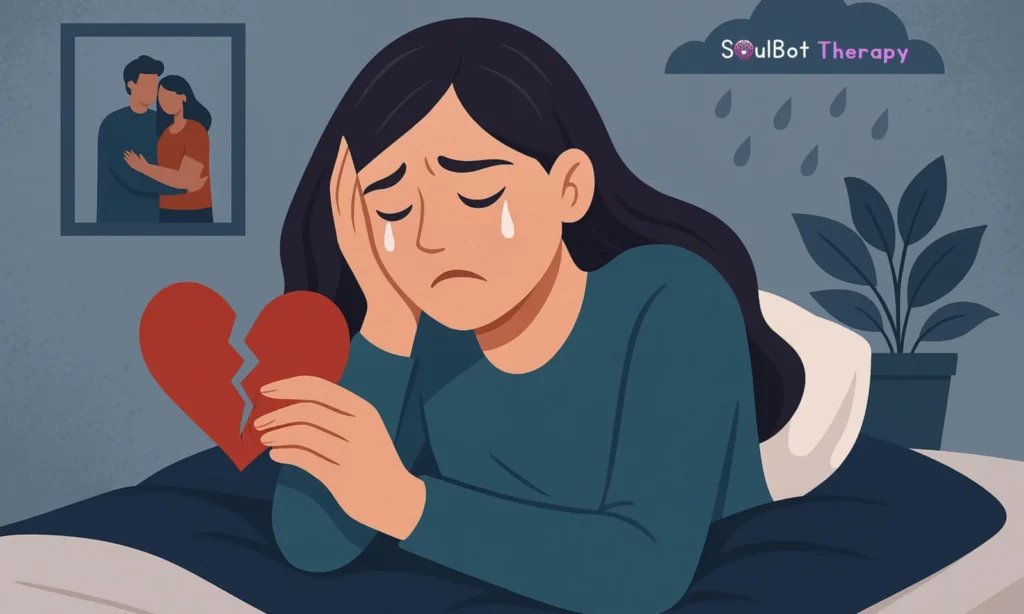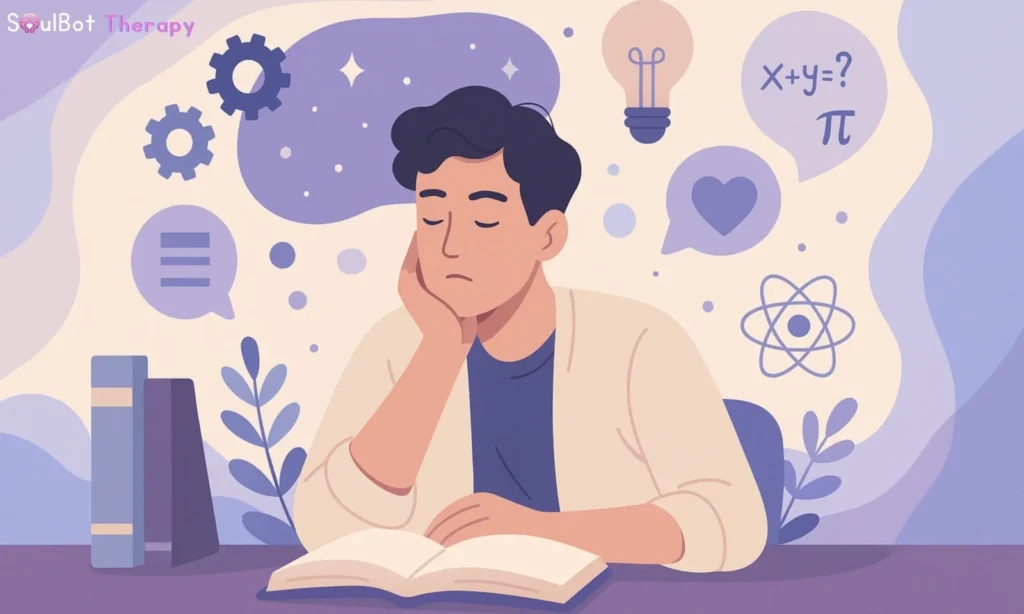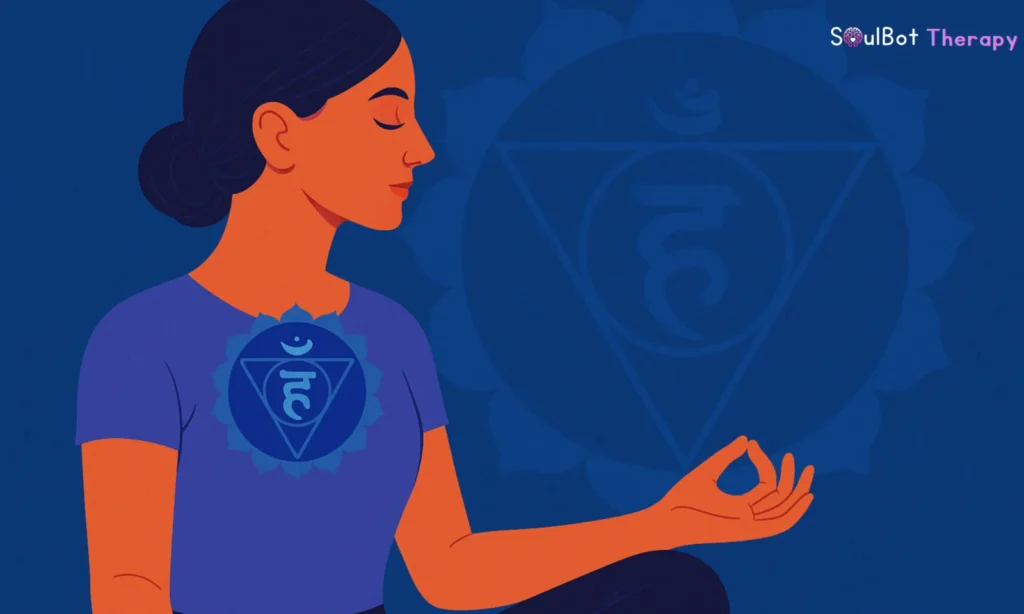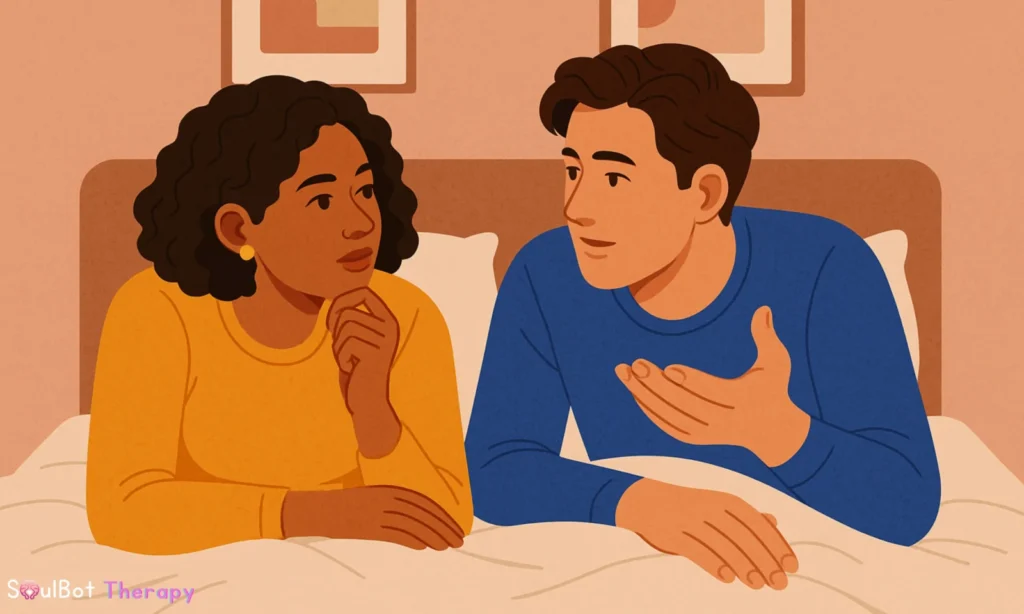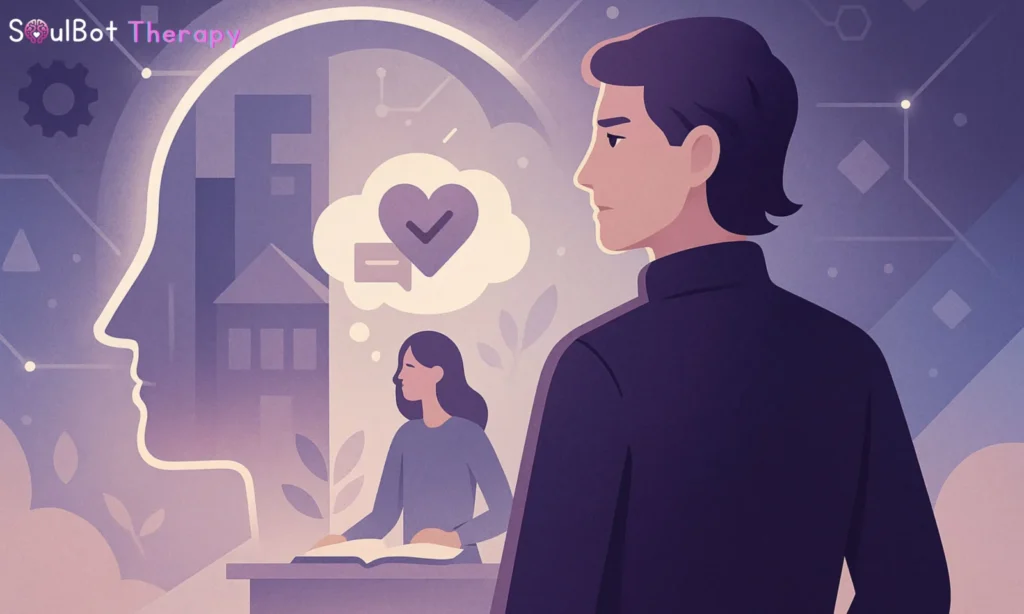Internalized shame and sexuality are deeply intertwined, yet often overlooked in conversations around emotional health. This type of shame develops when societal, cultural, or familial messages, especially those rooted in stigma, are internalized over time and become part of your inner dialogue.
If you’ve ever felt emotionally distant after intimacy, uneasy when expressing your desires, or like your identity needs to be justified or softened to be accepted, you’re not alone. These aren’t flaws. They’re signals of internalized shame at work.
Understanding how internalized shame manifests in your thoughts, body, and relationships is a crucial step toward healing. Research from the American Psychological Association highlights that shame, when left unaddressed, can lead to chronic anxiety, lowered self-esteem, and difficulty forming secure attachments.
What Is Internalised Shame in Sexuality?
Internalised shame happens when you absorb negative societal, cultural, or family messages and turn them into self-criticism.
If you heard phrases like:
- “That’s not normal.”
- “Keep that private.”
- “You’re just confused.”
…you may now experience:
- A sense of emotional danger when trying to be honest about your feelings
- Guilt or discomfort during intimacy
- Disconnection from your body and authentic desires
For many people especially those who are queer, questioning, or raised in emotionally restrictive environments internalised shame deeply affects how they relate to their sexuality.
But here’s the truth:
Those beliefs aren’t yours. They’re conditioned responses you developed to survive, not accurate reflections of who you are.
You can unlearn shame. Healing begins when you name it, challenge it, and allow yourself to experience your sexuality without fear or judgment.
Where Does Sexual Identity Shame Come From?
Shame isn’t born inside you; it’s passed down.
It can come from:
- 🏠 Family: rigid roles, silence around sex
- ⛪ Religion: sin-based identity conditioning
- 📺 Media: heteronormative, one-dimensional representations
- 🎓 School: sex education centered on fear, danger, and binaries
And for LGBTQ+ individuals, the world often says:
“You’re different and that’s bad.”
According to The Trevor Project, 45% of LGBTQ+ youth have considered suicide in the past year, Much of it is rooted in shame and identity suppression.
How Internalised Shame Affects Your Sexual Expression?
Shame doesn’t just make you feel bad.
It shapes how you show up or hide in love, desire, and intimacy.
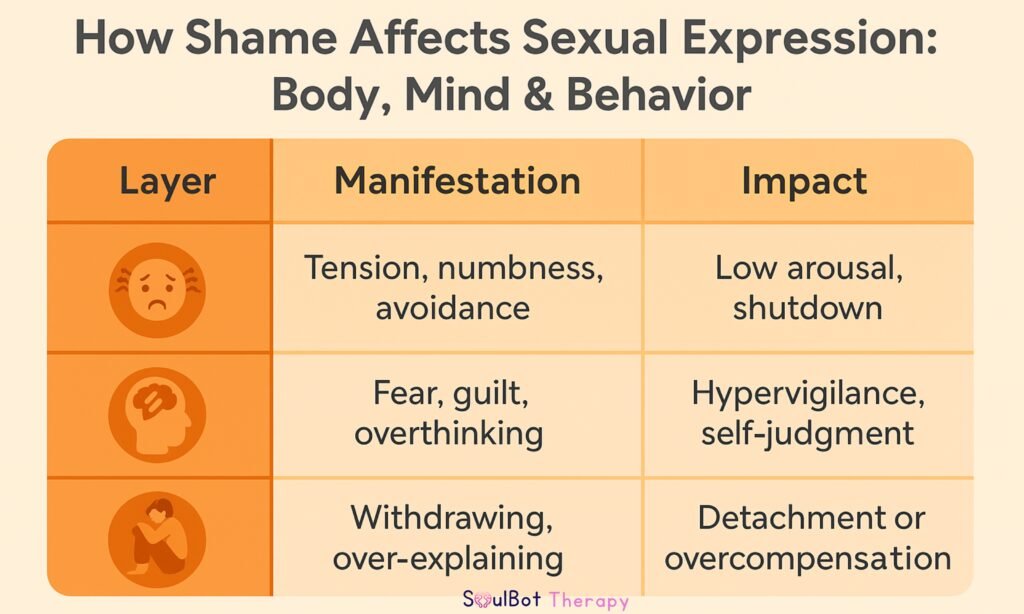
Common signs include:
- Emotional disconnection during intimacy
- Difficulty expressing preferences or needs
- Over-explaining your orientation or identity
- Feeling guilty after consensual experiences
- Avoiding pleasure entirely
This isn’t low libido. This is the impact of shame on intimacy — and it’s more common than you think.
🔍Soul Tip: According to a 2017 analysis published in the Archives of Sexual Behavior, individuals with high levels of internalized sexual shame report significantly lower sexual satisfaction, emotional safety, and confidence in intimacy.
Shame doesn’t just hurt emotionally it directly impacts your relationships, pleasure, and sense of worth.
Signs You Might Be Carrying Shame in Your Body
Shame is not just a feeling. It’s a somatic response, something you store physically.
You might feel:
- 🔒 Tension in your chest during vulnerable moments
- 🤐 Throat tightening when you try to speak your truth
- 😶 Emotional numbness when things get intimate
- 🧠 Looping self-criticism after connection
Psychology Tools explains how shame often manifests as “a shrinking feeling, a desire to hide, or a deep sense of being wrong.”
The Link Between Shame and Self-Worth in LGBTQ+ Individuals
For many queer or questioning individuals, shame begins long before sexual exploration it starts with the internal message:
“Who I am is not okay.”
This can lead to:
- Compulsive people-pleasing
- Fear of being too visible
- Settling in relationships out of fear of rejection
- Over-sexualizing to prove worth or under-sexualizing to avoid shame
According to Scarleteen, unlearning sexual shame begins with reclaiming self-worth and finding safe spaces to express without fear.
How to Begin Unlearning Shame (Even With AI Mental Health Support)
Unlearning shame takes safe repetition. And that’s where AI Mental Health Assistants can help.
Here’s how to start:
🧠 1. Reflect Without Judgment
Use a Mental Health Companion like SoulBot to journal, reflect, and speak your truth without fear of backlash.
💬 2. Name What You’ve Inherited
Try prompts like: “What was I taught about sexuality — and do I still believe it?”
📖 3. Explore Identity-Affirming Content
Use sources like APA’s LGBTQ+ resources or Them.us for representation, research, and healing stories.
🤝 4. Talk to Safe People
AI therapy can’t replace a therapist, but it can support you until the idea of seeking one feels a little less overwhelming.
Think of it as AI counselling for your inner world always available and supportive.
You weren’t born ashamed. You were taught to be.
Now it’s time to unlearn what never belonged to you.
You Don’t Need to Shrink to Be Loved
- You’re not broken.
- You’re not confused.
- You’re not too much.
You’re healing, and that healing includes releasing the shame others placed on you. Shame that never belonged to you in the first place.
You have every right to take up space, speak your truth, and feel safe in your body.
And you don’t have to navigate that journey alone. Support, understanding, and connection are here when you’re ready.

